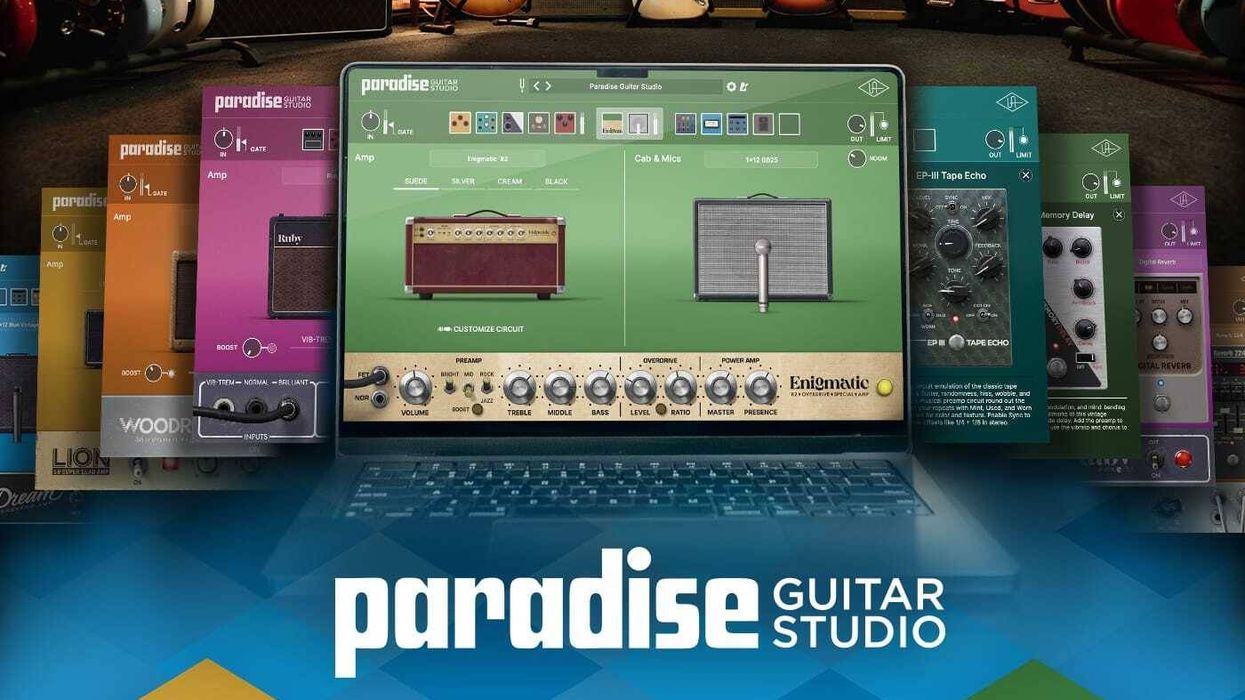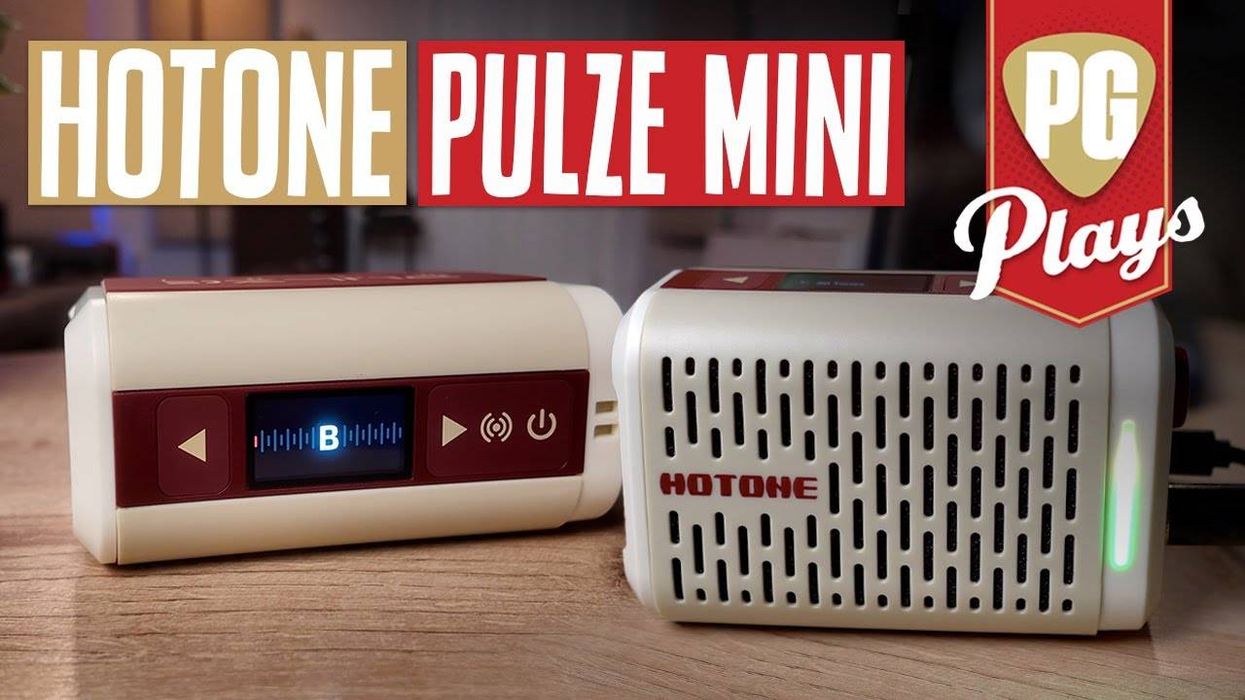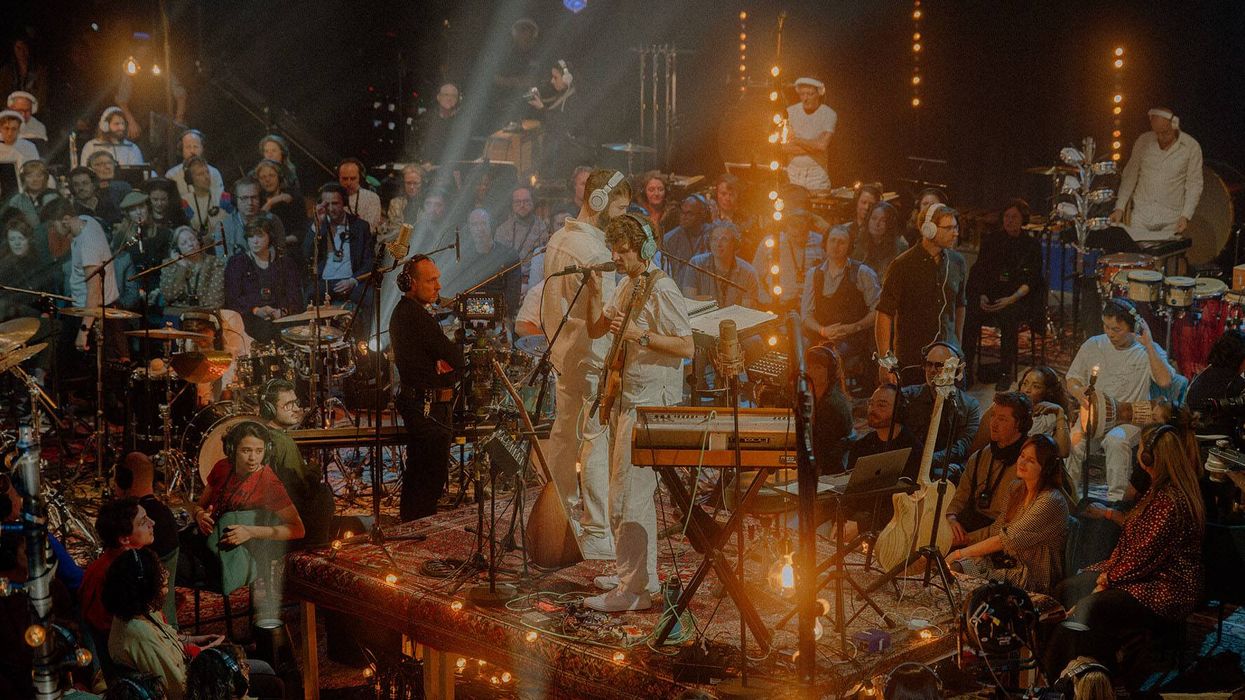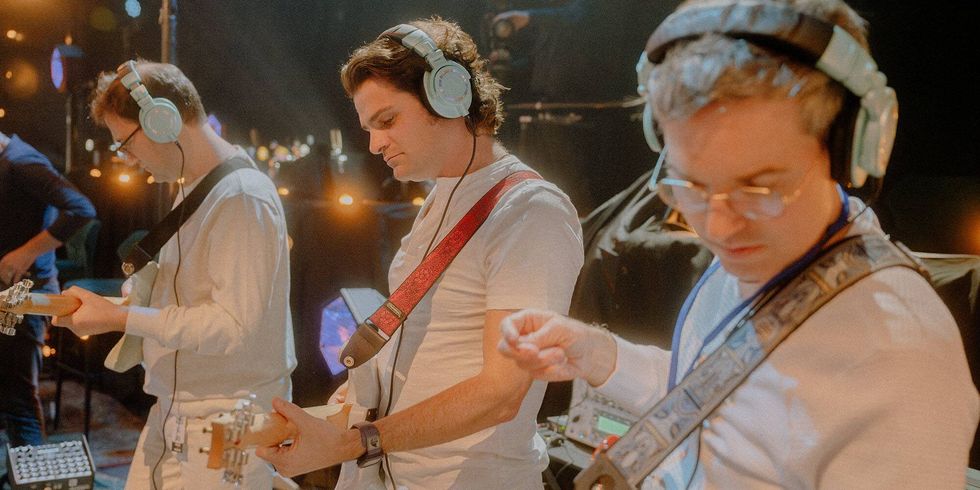Jam sessions seem to be a bit more scarce than they were back in the day, but there are still some out there, and they are a great way to learn. You can learn more about playing your instrument in fifteen minutes on stage than in a whole day of practice, if you’re aware. So, I wanted to write something that would encourage you to get out there and jam.
Manners
Ok, so you’ve taken lessons and played along with your CDs, and you’re ready for some real-world music making. Here’s the thing: blues, country, folkie (etc.) jams are usually run by grumpy, old guard types… like me, for example. As a guy that has played for forty years and hosted countless jams, I’ll tell you that some rules of etiquette will make everyone happy. I’ll stick to blues jams here, as I think there are more of those. Whatever your genre, be sure you listen and start learning your history.
Know the Basics
Before you head off to the jam, you need to know what a blues is. I’ll cover the nuts and bolts more next month, but for now let’s say you need to know what a I-IV-V progression is. You need to know that in most cases a blues is a 12-bar form. None of this is rocket science, but you need to know it cold. Next month, I’ll give you some basic blues roadmaps.
So, once you’re ready, you go to the local pub and there will usually be a sign-up list to play. If it’s a jam and there’s no list, find out (politely) who’s running the show and talk to them. For goodness sake don’t try to go into some crazy ego trip about how great you are or who influenced you—nobody cares. What jammers want is for people to just come up and play great or just give it their best shot. Most host bands are very tolerent of mistakes from a novice who is polite, friendly and really is trying. On the other hand, nobody likes a showboat; save that for your own show. Just get up and play the best you can. Always bring your own instrument; do not expect to borrow one. I always tell jammers that I don’t share my toothbrush or my guitar. You might want to bring your amp as well. Many jam sessions will have an amp for people to sit in, but some won’t. Always ask if you can use an amp; never ever assume that you can. Also, ask if you can alter the settings or not. It’s best to bring your own setup. Be sure you can set it up fast, because jams need to move along so everyone can get a turn.
Hit It
Once you hit the stage you’ll be asked if you sing or have a song you want to play (and therefore want to lead the song). If you don’t sing or you just want to play, say so and they’ll have someone else take the lead. A song will be picked, then a key to play it in. If you’re the one leading the song, you should also be prepared to tell the drummer the kind of feel you want. Shuffle, swing, straight time, funky, New Orleans, there are a zillion kinds of feels. If you don’t know what to call it, lean over to the drummer and just sing the feel for them. Be prepared to do all of this quickly.
Now, the biggest thing you can do to piss everyone off (after being rude) is to play an epically long solo. Yeesh! How many SRV wannabes have I had to listen to? If it’s a slow song, one chorus can be plenty for a solo—two if you feel really inspired and there are six other guys waiting to take a turn. On a fast tune, four tops. Period. At jams the little fills can get confusing as to who is doing them. Take your cue from the leader and use your ears. If someone else is filling, even if they’re just being a hog, don’t fill on top of them. Always play like you’re part of a band trying to make the song and the singer sound good. That’s the difference between a hack and a pro.
Play Like You Mean It
When you’re actually soloing, sink deep in to the bass/drum groove. Use what they give you and build with it. The best way I can say it is: try to surf on the time. There are some basic tools here. Dynamics is being aware of how loud or soft you’re playing. BB King is a master of this. Tell a story, in the sense that you want your solo to have a shape. For example, start with a couple of notes and ride that groove. Make it conversational; don’t just start screaming. Of course, sometimes you will want to come out screaming, but if you do it every time, big deal. If I play at a jam and the soloist before me plays a super-high-energy fast solo, I might consider bringing it way way down low then working back up. Make no mistake, there will be gunslinger moments at jams, there always have been. So use your emotions, your ears, your own sense of time, and as I said last month, be aware of your tone. This is a lifelong path and can be a ton of fun. Keep pickin’.
Pat Smith
Pat Smith founded the Penguin Jazz Quartet and played Brazilian music with Nossa Bossa. He studied guitar construction with Richard Schneider, Tom Ribbecke and Bob Benedetto, and pickin’ with Lenny Breau, Ted Greene, Guy Van Duser and others. Pat currently lives in Iowa and plays in a duo with bassist Rich Wagor.















